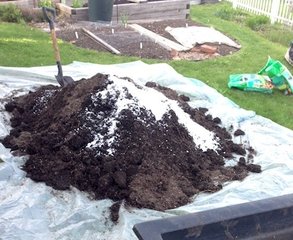
For containers, we can’t use garden soil because it’s heavy and hard. Potting mix is made from peat moss, vermiculite and perlite. While it’s light and holds water quite well, peat moss comes from our precious wetlands that are drained for harvest. Coconut choir is an option but it comes from very far away and has its own challenges. Therefore, I like to reuse my potting mix for as long as possible.
In the fall, I remove the plants, let the mix dry out and place the containers in a shed or under the waterproof deck. This is important for containers that might crack when the potting mix freezes.
In the spring, I dump all the containers out onto a tarp on the lawn (some grass is a useful work surface…). Then I usually mix in compost, up to about 20-30% of the total volume, and I re-moisten the dry mix.
This spring, I found that my potting mix seemed very dense and heavy. Since I also add compost, some worm castings and I use organic fertilizer, I think all kinds of microbes are happy in my containers. They are composting organic materials, which means that some good soil building is going on. This is a bit of speculation on my part as I don’t have the tools or skill to prove it.
I decided to purchase some perlite, a volcanic rock rich in silicon that is heated to expand the particles (see white perlite in photo). This creates important air spaces in the potting mix. Perlite also holds water, but less than vermiculite, another mineral that's part of most potting mixes. I used a shovel to mix the perlite thoroughly into the reused potting mix before watering and adding the growing medium back into my containers. Since the mix does not contain a lot of nutrients (other than what’s in the compost), I add a granular organic fertilizer to each planter at transplanting time.
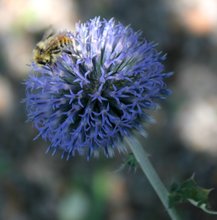
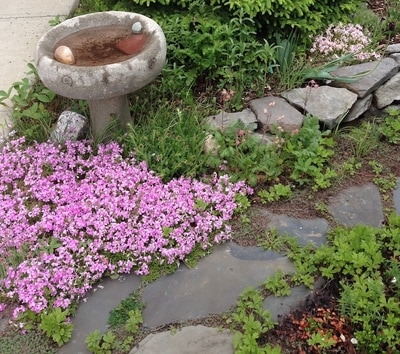
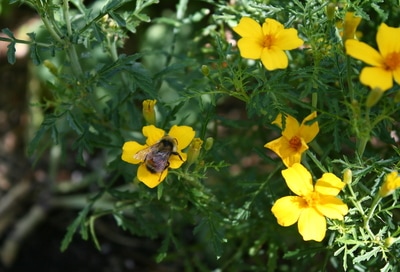
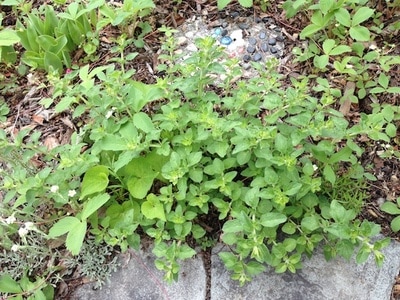
 RSS Feed
RSS Feed